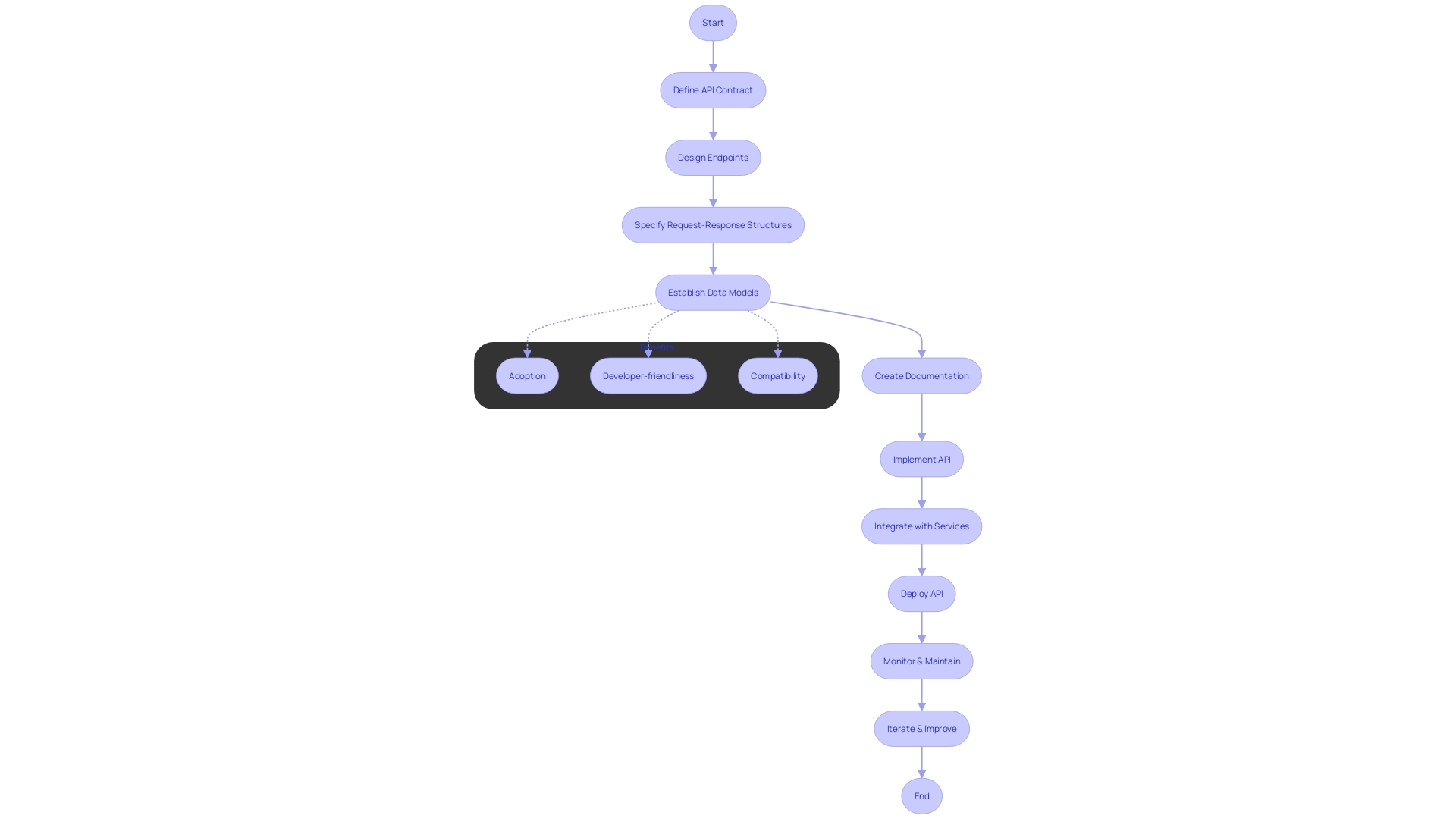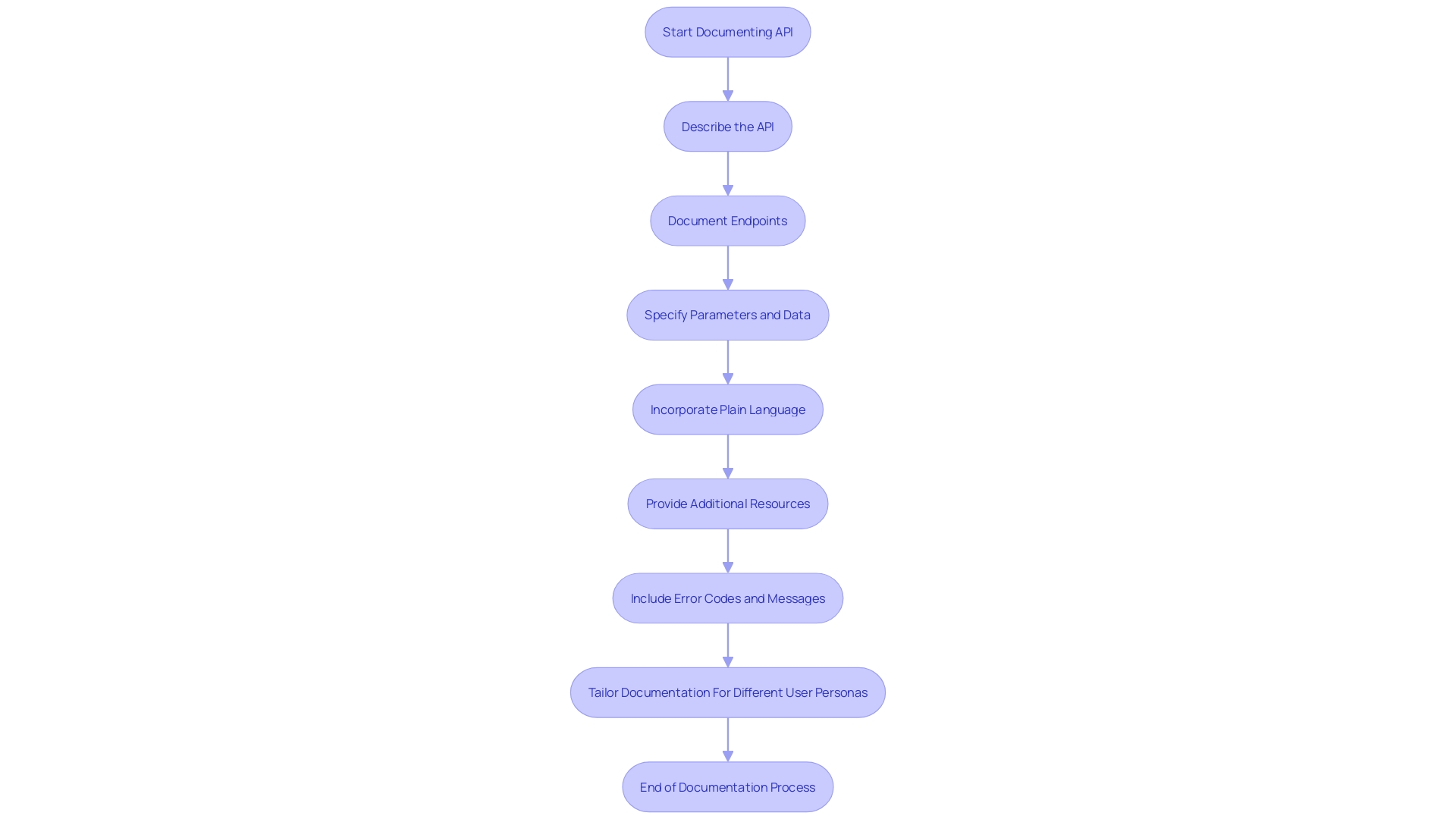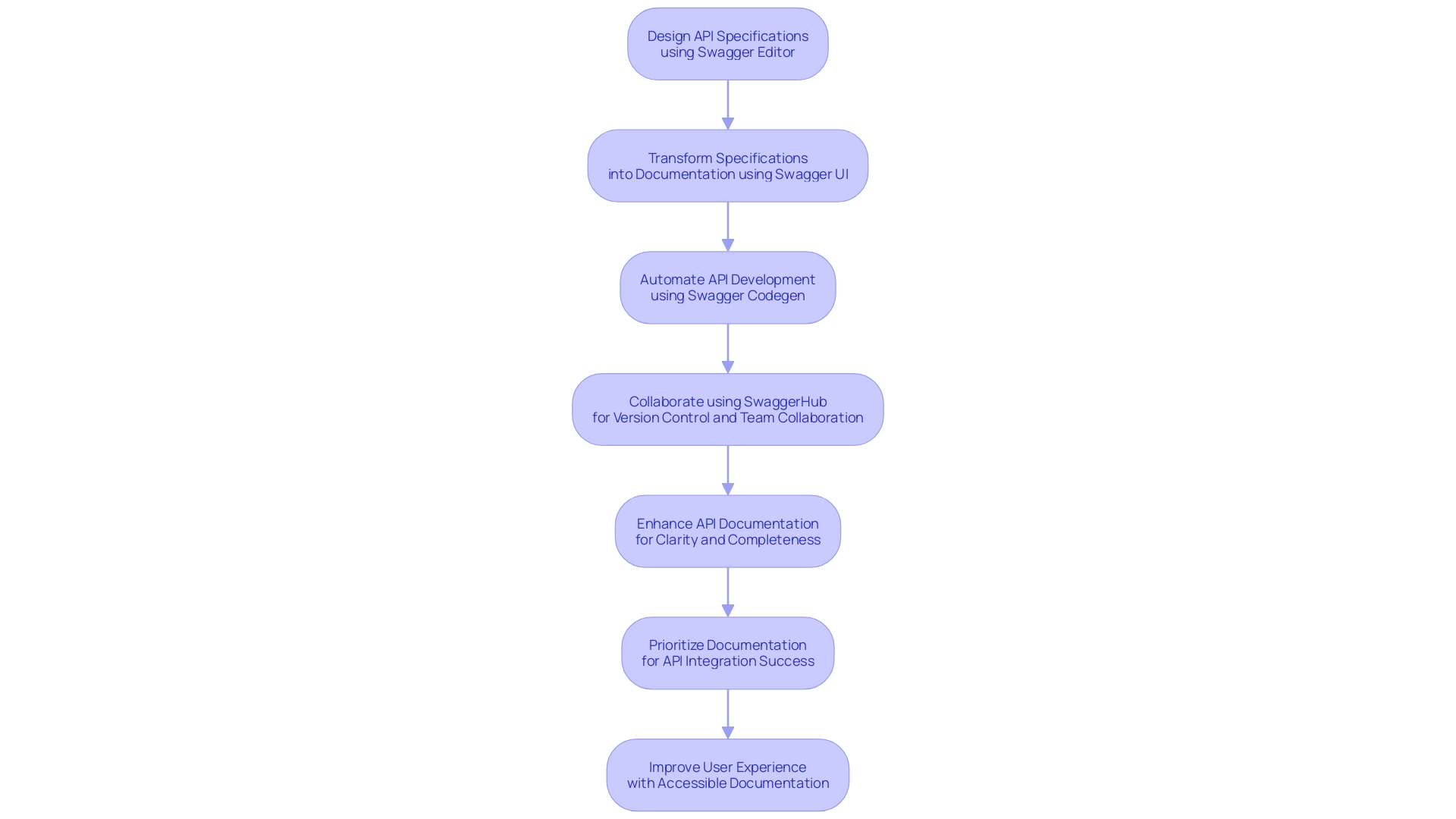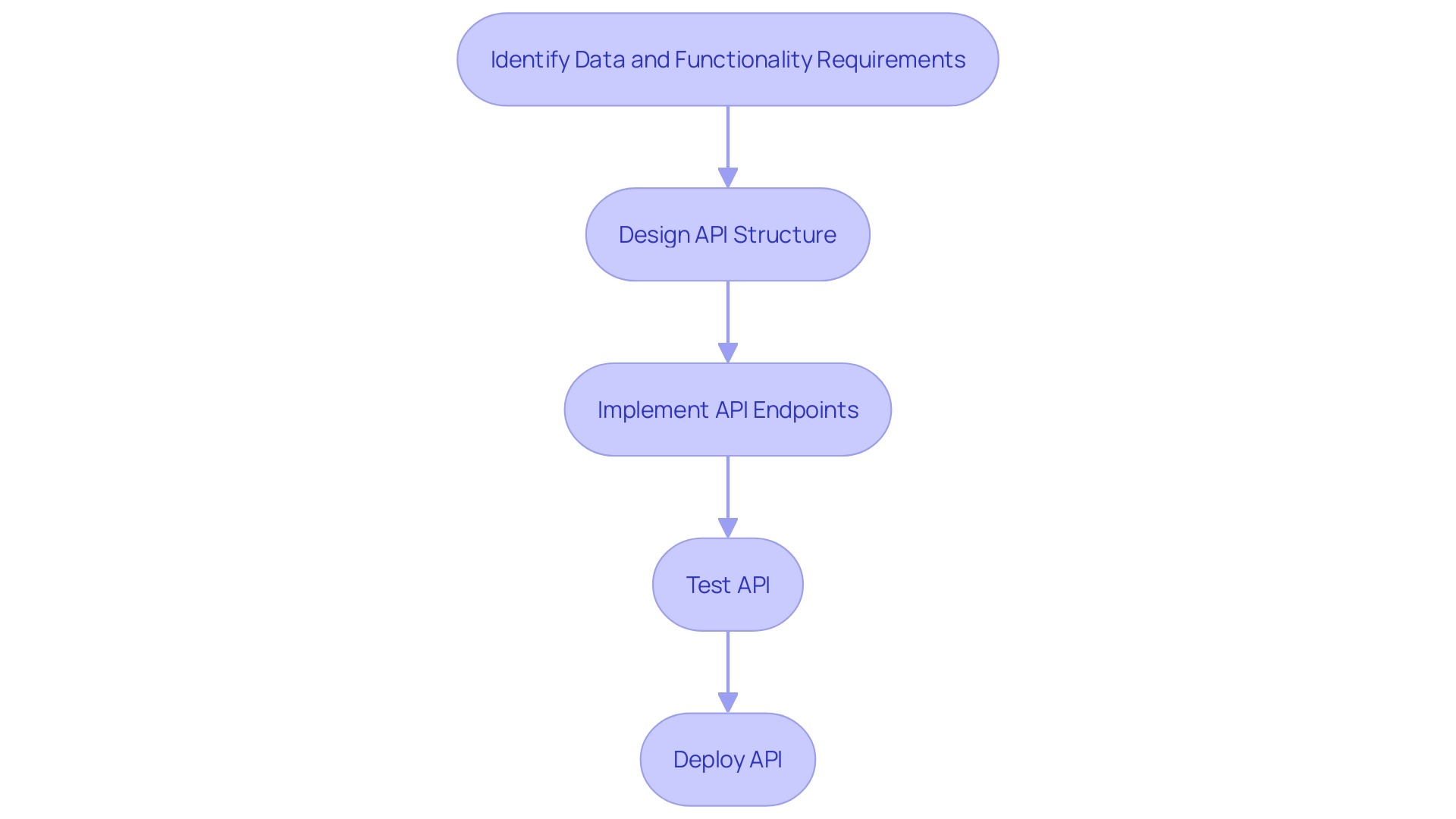Introduction
API documentation plays a crucial role in the development and integration of modern software systems. Clear, comprehensive, and well-structured documentation is essential for developers to understand and utilize APIs effectively. In this article, we will explore the benefits of using OpenAPI and Swagger to create robust API documentation that enhances the developer experience and ensures seamless integration.
With OpenAPI, developers can standardize and automate the documentation process, making it consistent, machine-readable, and easily integratable. Swagger, on the other hand, provides a comprehensive framework for designing, constructing, and documenting RESTful APIs, offering tools like the Swagger Editor and Swagger UI for creating interactive and visually engaging documentation. By leveraging these tools, developers can streamline the API development process, improve interoperability, and enhance the overall quality of their digital products.
Join us as we delve into the key differences between OpenAPI and Swagger, explore their use cases and applications, discuss the importance of documentation and implementation, and highlight the vibrant community and support available for these powerful tools.
What is OpenAPI?
OpenAPI has emerged as a critical tool for the development of RESTful APIs, offering a standardized and language-agnostic framework for describing every aspect of an API's functionality. It excels in clearly defining request and response formats along with error handling procedures. This standardization is particularly beneficial in complex, multi-service architectures prevalent in the logistics and e-commerce sectors, where efficient microservice interactions are paramount.
Each microservice—such as those responsible for warehousing operations in logistics—can have its own codebase, database, and OpenAPI-defined interface for seamless and synchronous or asynchronous communication with other services. By using OpenAPI, developers can ensure that their documentation is not only consistent and machine-readable but also facilitates quicker integration and a smoother developer experience when creating or consuming microservices. This approach aligns with experts who emphasize that robust documentation must be clear, complete, and serve as a comprehensive guide for both users and developers.
As the digital landscape evolves, the significance of well-documented APIs cannot be overstated, given their role as the building blocks of modern digital experiences. Therefore, leveraging OpenAPI can contribute to creating effective API documentation, which in turn supports developers in implementing, maintaining, and troubleshooting APIs with greater ease and precision.

What is Swagger?
Swagger is much more than just a set of tools; it's a comprehensive framework for API development embraced by developers worldwide. It provides a seamless interface for not only designing and constructing RESTful APIs but also documenting them meticulously. With Swagger, you can visualize your API's structure through its intuitive ecosystem, which includes the Swagger Editor and Swagger UI.
These tools enable developers to create interactive API documentation that can be easily understood and utilized, facilitating a smoother integration process for all users.
The importance of robust API documentation cannot be overstated—it's akin to a user manual for APIs, crucial for guiding developers on how to interact with a service effectively, understand available endpoints, and handle data exchanges. Swagger's ability to auto-generate documentation directly from API controllers—a 'code-first' approach—addresses the common pitfall of documentation becoming outdated. It ensures that the information remains in sync with the API's actual implementation, enhancing clarity and reducing confusion for developers.
Recognizing the vital role of API documentation in modern software ecosystems, Swagger offers a clear, structured format that empowers developers to quickly familiarize themselves with an API and its functionalities. This is particularly significant for large-scale enterprises like Adobe, JetBlue, FedEx, and Microsoft, which rely on Swagger for streamlining their API strategies. The visual representation provided by Swagger tools not only simplifies the development process but also helps in identifying potential issues early on, leading to a more efficient and error-free integration.
Key Differences Between OpenAPI and Swagger
The distinction between OpenAPI and Swagger is crucial for developers who are immersed in the world of API creation and management. OpenAPI is a specification that sets the standard for defining APIs, ensuring that they are described with clarity and consistency. This specification acts as a blueprint, informing developers about the structure, capabilities, and best practices for API development.
On the flip side, Swagger is the suite of tools that breathe life into the OpenAPI specification by providing the necessary means to implement it. Swagger offers a visual overview of an API's structure, presenting a clear and interactive interface that aids in the identification and resolution of potential issues within the API design.
As the evolution of Swagger, OpenAPI introduces refined features and enhancements, making it a recommended choice for new projects. The advancements in OpenAPI are not merely incremental; they represent a commitment to the developer's journey, focusing on the goals, experiences, and needs of an API's primary users—developers themselves. By adopting an API-first design, OpenAPI facilitates a more flexible and programmable approach to digital products, allowing for a broader range of use-cases and integrations.
In the realm of REST APIs, which advocate for statelessness and scalability, the transition to OpenAPI from Swagger is comparable to adopting the latest industry standards. Similar to how the Connectivity Standards Alliance's release of Matter 1.2 elevates interoperability and security for device manufacturers, OpenAPI elevates the API development process. It's akin to the deprecation of the 'X-' prefix in application protocols, embracing change and evolution in standards to avoid stagnation and the blind adherence to outdated 'best practices.'
Experts in the field assert that just because a convention is widely followed doesn't mean it remains the most effective or sensible approach.
In light of these considerations, existing projects that currently utilize Swagger are encouraged to migrate to OpenAPI to take advantage of its improvements and to align with current best practices. It's not just about using the latest technology; it's about ensuring that the chosen tools and specifications truly enhance the developer's experience and the capabilities of the API itself, much like the pursuit of a flying car isn't just about the technology—it's about making daily commutes more efficient and enjoyable. With OpenAPI, developers are equipped with the standards and tools necessary to innovate and excel in the ever-growing landscape of API-driven technology.
OpenAPI Specification
The OpenAPI Specification (OAS) serves as a foundational tool in modern software development, particularly in complex systems like those found in logistics and e-commerce. It effectively outlines the API's capabilities, including endpoints and their functions, which is crucial for the seamless operation of microservices. Each service within these systems, for instance, a logistics microservice managing warehouse operations, relies on clear and consistent API documentation to interact with other services, which may be written in different languages or use diverse technologies.
The OAS, which is expressed in either JSON or YAML, is more than just a static document; it enables the automatic generation of interactive API documentation, client libraries, and software development kits (SDKs), streamlining the developer experience. The significance of this automation cannot be overstated, as it directly addresses the need for efficient interoperability among microservices, allowing for both synchronous and asynchronous communication.
Synchronous interactions, where a system awaits a response before proceeding, are facilitated by the OAS through detailed request/response formats and authentication methods. This clarity is integral to developers who are integrating new microservices or utilizing existing ones.
Recent advancements in technology and standards, such as the release of Matter 1.2, emphasize the ongoing evolution of interoperability and security in API development. The industry's movement towards such standards showcases the necessity for API documentation that is not only detailed but also adaptable to new specifications and tools.
A well-crafted API documentation, as emphasized by experts, should embody clarity and simplicity, ensuring that it is understandable without sacrificing completeness. This involves a thorough depiction of endpoints, methods, parameters, and responses. It's a gateway for developers to quickly grasp the API's functionality and leverage its benefits with minimal friction, aligning with the philosophy that quality is determined by the user's experience.
In essence, the OpenAPI Specification is pivotal for developers navigating the multifaceted landscape of modern IT systems, providing a standardized and efficient approach to API documentation that is essential for the rapid development and integration of microservices.

Swagger Tools and Ecosystem
Swagger has emerged as a pivotal ecosystem for API development, offering tools that streamline the creation, building, and documentation of APIs. The Swagger Editor is an intuitive, web-based tool that allows for the design and editing of API specifications using either JSON or YAML, catering to the modern developer's need for flexibility and ease of use.
A key component of Swagger's offerings is the Swagger UI. This tool transforms API specifications into a visually engaging, interactive documentation that simplifies developer interaction with the API, enhancing understanding and implementation efforts.
For those looking to automate parts of the API development process, Swagger Codegen is invaluable. It generates client libraries, server stubs, and API documentation directly from an API specification, saving time and reducing manual errors.
Furthermore, SwaggerHub provides a collaborative environment optimized for API design, documentation, and management. It integrates version control and team collaboration features, as well as API testing capabilities, making it an essential platform for teams aiming to boost productivity and maintain high-quality API standards.
Incorporating these tools into the API development lifecycle can significantly enhance the clarity, completeness, and maintenance of API documentation, all of which are key components of effective API strategy as highlighted by industry experts. Clear and comprehensive documentation is not just a nicety—it's a necessity for successful API integration and utilization, as it serves as the foundation of knowledge for how an API operates and interacts with other systems.
Adopting such an API-first approach and prioritizing documentation can lead to a more intuitive user experience, much like the innovations seen in the financial services industry for healthcare professionals. By focusing on accessibility and user experience, API tools like Swagger can help avoid the pitfalls of poorly documented services, which often lead to confusion and underutilization.

Use Cases and Applications
Leveraging OpenAPI and Swagger is crucial in the realm of software development, particularly when it comes to constructing robust RESTful APIs. Their role is multifaceted, encompassing:
- API Design and Construction: OpenAPI and Swagger facilitate the creation of APIs that are not only well-documented but also user-friendly, enhancing the development process for programmers.
- Comprehensive API Documentation: They generate detailed specifications that serve as an invaluable resource for developers to grasp and utilize the APIs with greater ease.
- Interactive API Testing: Swagger UI produces interactive documentation, enabling developers to test API endpoints thoroughly and confirm their operational capabilities.
- Automated API Client Library Generation: These tools are capable of auto-generating client libraries across a multitude of programming languages, simplifying API integration for developers according to their language preferences.
In large-scale IT projects, such as those in logistics or e-commerce, the architecture often comprises numerous essential services. Utilizing a microservice approach, each feature within a product is encapsulated into its own microservice. For instance, a logistics process may have a dedicated microservice for warehousing activities.
Each service maintains its own codebase, database, and API, allowing for diverse programming languages and technologies, thus promoting efficient and standardized interoperability.
The significance of these tools is echoed by industry leaders. For instance, SmartBear, a name synonymous with innovation and social responsibility in the technology sector, recognizes the importance of such practices. Organizations like Adobe, JetBlue, FedEx, and Microsoft rely on robust API strategies to drive their operations forward, demonstrating the widespread adoption and success of API-centric development.
APIs are not merely a technical requirement; they are the backbone of modern software, enabling applications to interact seamlessly. Swagger revolutionizes API development by providing visual representations of API structures, aiding in the identification and resolution of potential issues. Adopting an API-first approach, businesses empower their users with a programmable interface, fostering automation and facilitating a myriad of emergent use cases.
Effective API documentation is paramount. It should swiftly guide new users from discovery to interaction, offering a clear path to the benefits provided by the API. Tutorials must articulate goals, prerequisites, and step-by-step instructions, ensuring they remain current and reflective of the latest API updates.
APIs are the conduits of the digital world, essential for data engineers and developers alike. They enable harmonious communication between disparate systems, and mastering API development is key to ensuring agility and success in the data-driven era. This guide aims to impart the knowledge required to build APIs that are not just functional but also reliable, efficient, and scalable, meeting the demands of modern software development.

Documentation and Implementation
API documentation is the user manual for connecting software components, analogous to how a user manual helps operate a laptop. An effective API documentation not only provides instructions but also conveys the API's value proposition, answering the crucial question of what information it provides. OpenAPI and Swagger are tools that assist developers in creating precise API specifications.
These specifications, which can be written in JSON or YAML, simplify the definition of API endpoints, request/response formats, and authentication methods.
With OpenAPI and Swagger, developers can visually map out their API's structure, which is instrumental in producing a user-friendly documentation. The Swagger Editor, among other tools, facilitates the editing process of these specifications. Once finalized, the specifications can be transformed into interactive documentation, client libraries, or server stubs.
This not only makes the implementation more comprehensible but ensures that the documentation aligns with the actual API behavior, thereby maintaining its accuracy over time.
As per recent discussions, creating your own OpenAPI tools can offer tailored solutions for specific needs, yet the expansive collection of community-driven OpenAPI tools often meets most developers' requirements. Tools like TypeSpec exemplify this, providing lightweight and user-friendly API design capabilities.
In the context of quality, experts like Philip Crosby and Peter Drucker emphasize that the true measure of quality is the user's satisfaction and the value they derive from a product. This principle applies to API documentation, which should be easy to understand, up-to-date, and contextually relevant, thereby ensuring a seamless onboarding and integration experience for users. The necessity for quality documentation is underscored by the fact that APIs are the lifeblood of modern software development, enabling diverse applications to interact effectively.
Moreover, tutorials within the documentation must outline clear objectives and prerequisites, offering step-by-step instructions to facilitate the users' journey. Such meticulous attention to detail in API documentation ensures that it serves as a reliable and efficient guide for users to leverage the full potential of an API.
Community and Support
The OpenAPI Specification and Swagger are not just tools but represent vibrant ecosystems enriched by dedicated contributors and a plethora of support resources. The developer community is instrumental in their evolution, providing a continuous flow of insights and enhancements to keep them aligned with ever-evolving industry demands. Companies like GitHub, a giant in the development world with a remote-first culture, exemplify this community-driven approach.
GitHub’s internal Docs team, which includes software engineers like Rachael Sewell and Robert Sese, has been pivotal in maintaining and innovating the platform's documentation at docs.github.com.
In practical terms, Chick-fil-A's Customer Technology team's experience highlights the critical need for well-defined API contracts. Without explicit and comprehensive documentation, collaboration becomes cumbersome, slowing down the efficiency of API interactions. GitHub's monumental task of combining their split documentation into a dynamic, data-driven site underscores the importance of clear, accessible documentation in supporting a platform's vast functionality.
Industry events like apidays Paris with its OpenAPI track, attended by thousands, further underline the community's commitment to evolving the API space. This dedication is mirrored in the growth statistics of the API industry. Research by Vanson Bourne in 2021, for instance, shows that 93% of organizations recognize APIs as crucial to their operations, with 97% acknowledging the synergy between APIs and microservices for optimal performance.
These insights are not in isolation; they echo the sentiments of quality management experts like Peter Drucker and Philip Crosby, who emphasized that quality is defined by the customer's experience and the elimination of friction. In line with these principles, OpenAPI and Swagger offer extensive documentation and support channels, fostering an environment where developers can effortlessly troubleshoot and refine their work, thereby elevating the quality of their products and services.
Conclusion
In conclusion, OpenAPI and Swagger are powerful tools for creating robust API documentation. OpenAPI standardizes and automates the documentation process, making it consistent, machine-readable, and easily integratable. Swagger provides a comprehensive framework for designing, constructing, and documenting RESTful APIs, offering interactive and visually engaging documentation tools.
By leveraging OpenAPI and Swagger, developers can streamline the API development process, improve interoperability, and enhance the overall quality of their digital products. OpenAPI ensures clear and comprehensive documentation, facilitating quicker integration and a smoother developer experience. Swagger's auto-generation capabilities and visual representations help identify and resolve potential issues, ensuring up-to-date documentation that remains in sync with the API's implementation.
The OpenAPI Specification serves as a foundational tool in modern software development, enabling the automatic generation of interactive documentation, client libraries, and SDKs. Swagger's ecosystem, including the Swagger Editor, Swagger UI, and Swagger Codegen, provides a range of tools that streamline API development and documentation. SwaggerHub offers a collaborative environment optimized for API design, documentation, and management.
Leveraging OpenAPI and Swagger is crucial for constructing robust RESTful APIs, particularly in large-scale IT projects. These tools enhance the clarity, completeness, and maintenance of API documentation, facilitating seamless integration and utilization. Effective API documentation is essential for successful API integration, providing clear instructions and reflecting the latest updates.
The OpenAPI Specification and Swagger are supported by vibrant communities and a wealth of resources, offering extensive documentation and support channels. These tools empower developers to troubleshoot and refine their work, elevating the quality of their products and services.
In summary, OpenAPI and Swagger enhance the API development process, improve interoperability, and enhance the overall quality of digital products. By leveraging these tools, developers can achieve maximum efficiency and productivity, ultimately driving the success of their API-driven projects.
Experience the power of OpenAPI and Swagger to create robust API documentation. Try Kodezi today!
Frequently Asked Questions
What is OpenAPI?
OpenAPI is a standardized and language-agnostic framework for describing every aspect of a RESTful API's functionality. It helps define request and response formats, error handling procedures, and is used in complex, multi-service architectures to ensure consistent and machine-readable documentation.
What is Swagger?
Swagger is a comprehensive framework for API development that includes a set of tools for designing, constructing, and documenting RESTful APIs. It provides a seamless interface and visual tools like Swagger Editor and Swagger UI to create interactive API documentation.
How do OpenAPI and Swagger differ?
OpenAPI is a specification that sets the standard for defining APIs, while Swagger is a suite of tools that implements this specification. Swagger offers a visual overview and interactive interface for APIs, while OpenAPI focuses on refining features and enhancing the developer's experience with a more flexible and programmable approach.
What are the key benefits of using OpenAPI?
The key benefits of OpenAPI include ensuring consistent documentation, facilitating quicker integration of microservices, and providing a smoother developer experience. It is particularly beneficial for defining interfaces for seamless communication among services in complex systems.
How does Swagger enhance API development?
Swagger enhances API development by offering tools like Swagger Editor and Swagger UI, which allow for the creation of interactive documentation and the visual representation of API structures. It also auto-generates documentation, ensuring it remains up-to-date with the actual API implementation.
Can OpenAPI auto-generate client libraries and SDKs?
Yes, the OpenAPI Specification (OAS) enables the automatic generation of interactive API documentation, client libraries, and software development kits (SDKs), which streamlines the developer experience and interoperability among microservices.
What types of systems benefit from using OpenAPI?
Systems in logistics, e-commerce, and other sectors that utilize complex, multi-service architectures benefit from using OpenAPI. It allows each microservice, such as warehousing operations in logistics, to have its own OpenAPI-defined interface for efficient communication with other services.
Why is API documentation important?
API documentation is analogous to a user manual for APIs; it guides developers on how to interact with a service effectively, understand available endpoints, and handle data exchanges. Effective API documentation is crucial for implementing, maintaining, and troubleshooting APIs.
What is the role of Swagger UI?
Swagger UI transforms API specifications into visually engaging, interactive documentation that simplifies developer interaction with the API, enhancing understanding, and implementation efforts.
Why is it recommended for existing projects using Swagger to migrate to OpenAPI?
Existing projects using Swagger are encouraged to migrate to OpenAPI to take advantage of its improvements, align with current best practices, and ensure that the chosen tools and specifications enhance the developer's experience and the capabilities of the API.
What support resources are available for OpenAPI and Swagger?
OpenAPI and Swagger are supported by vibrant ecosystems with dedicated contributors and support resources, including community-driven tools, extensive documentation, and support channels. Events like apidays Paris and platforms like GitHub also contribute to the community's knowledge base and evolution.




